My hunt for vintage cameras took an interesting twist with my purchase of the Nikon D100, a 6-megapixel CCD APS-C sensor DSLR camera released in 2002. This was my first “vintage” digital camera purchase and one that I have been eyeing for quite some time. I know 2002 might not be that distant but when it comes to digital cameras, the Nikon D100 is considered as one of the OG’s. It’s the little brother to the professional Nikon D1 and the first in the successful and well-loved prosumer line of D100 series SLRs from Nikon (Nikon D200, Nikon D300, Nikon D300s, and Nikon D500). Along with the Nikon D200, the Nikon D100 features the now sought-after CCD sensor giving its photos a nice nostalgic look.
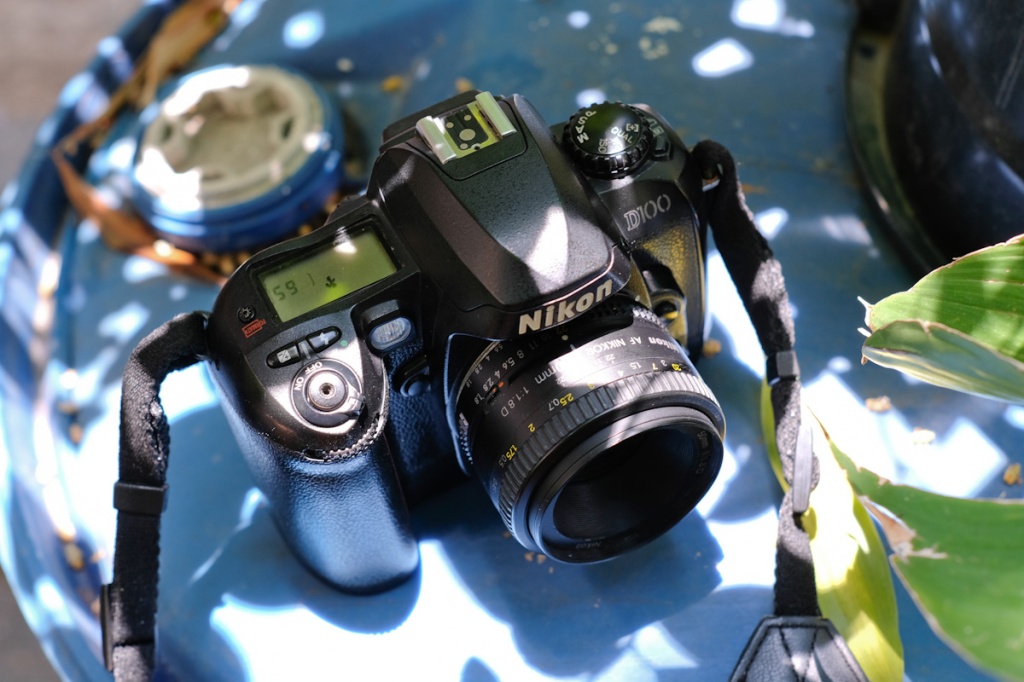
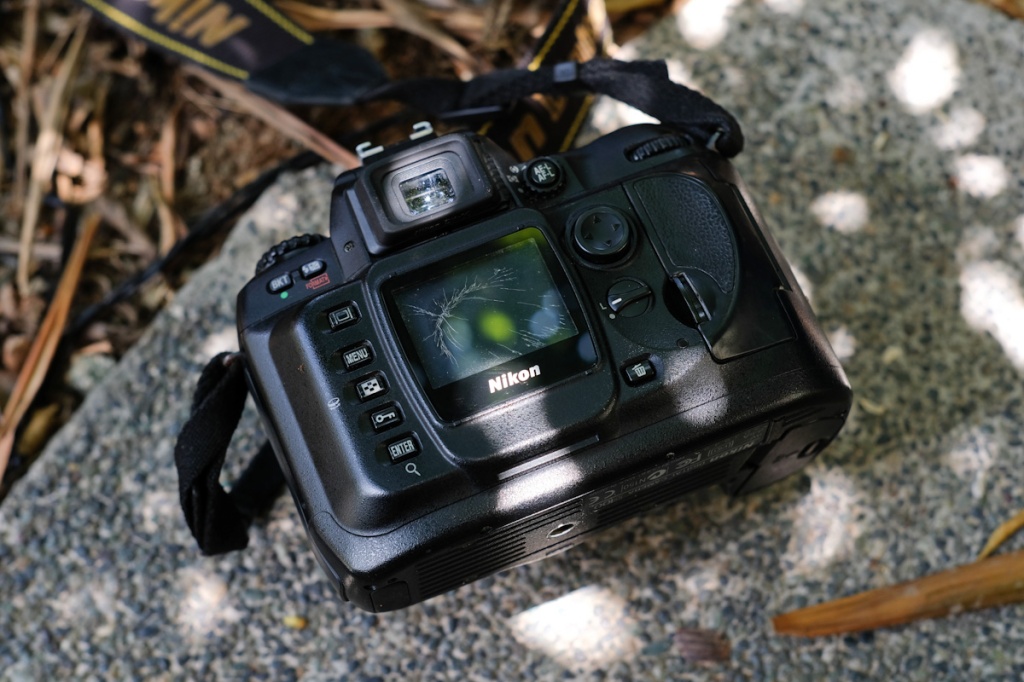
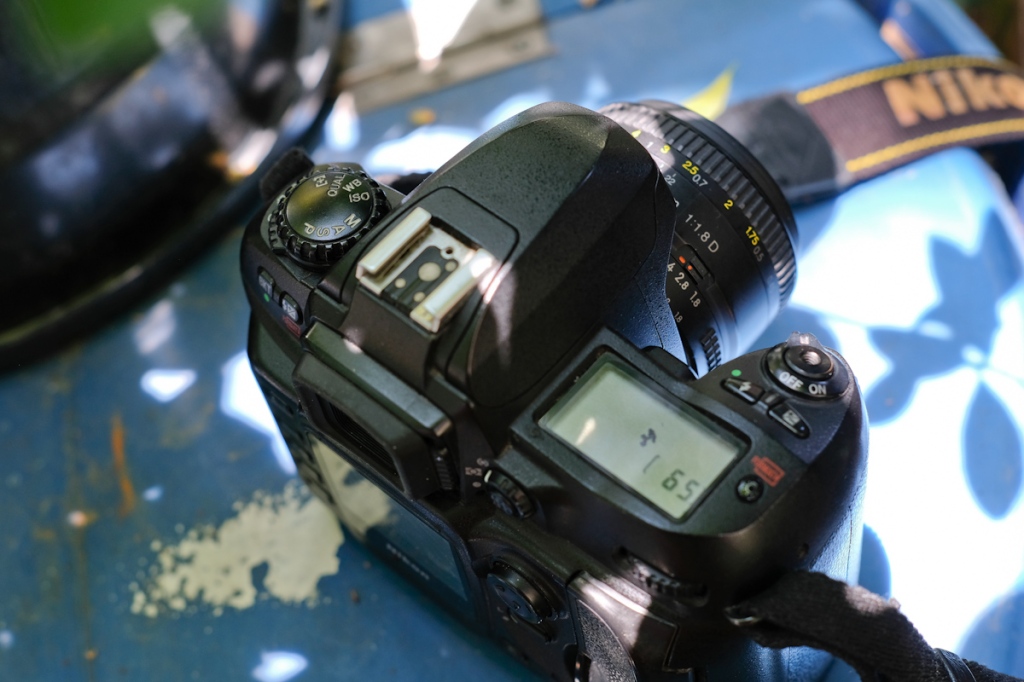
Physically, the Nikon D100 looks like any modern Nikon DSLR although button placements, ergonomics, and the menu system did massively improve after this camera. Still, one will be familiar if you have used any modern DSLR. Since the Nikon D100 fell in the early period of transition from film to digital cameras in the early 2000s, it resembles and borrowed a lot of design concepts from its film camera siblings, specifically the Nikon F80. This camera is now the digital younger brother of my Nikon F100 film camera.
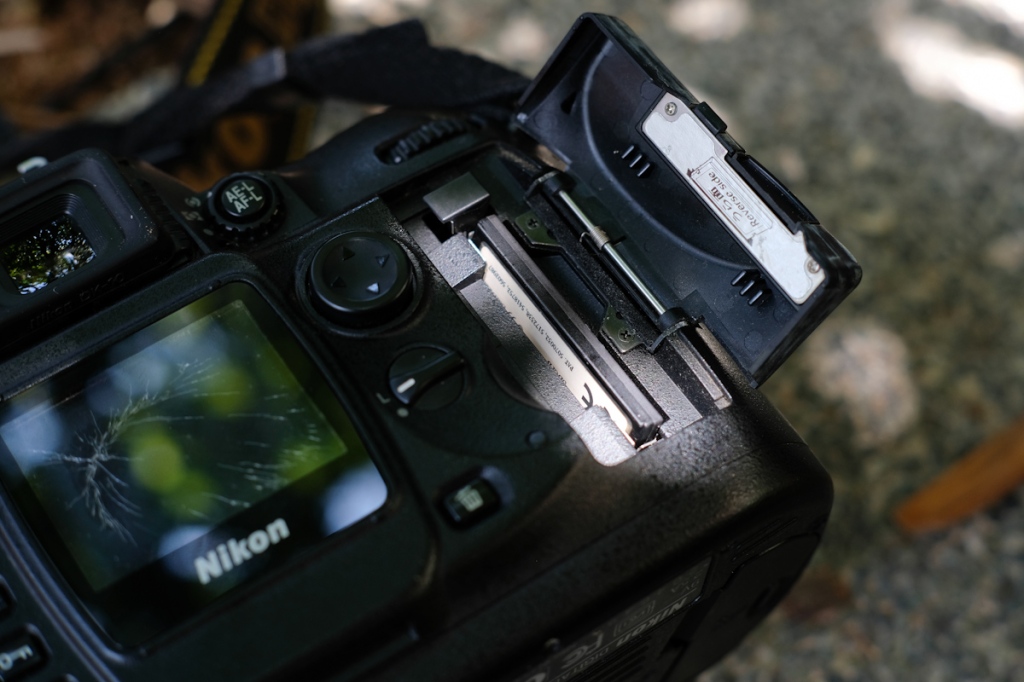
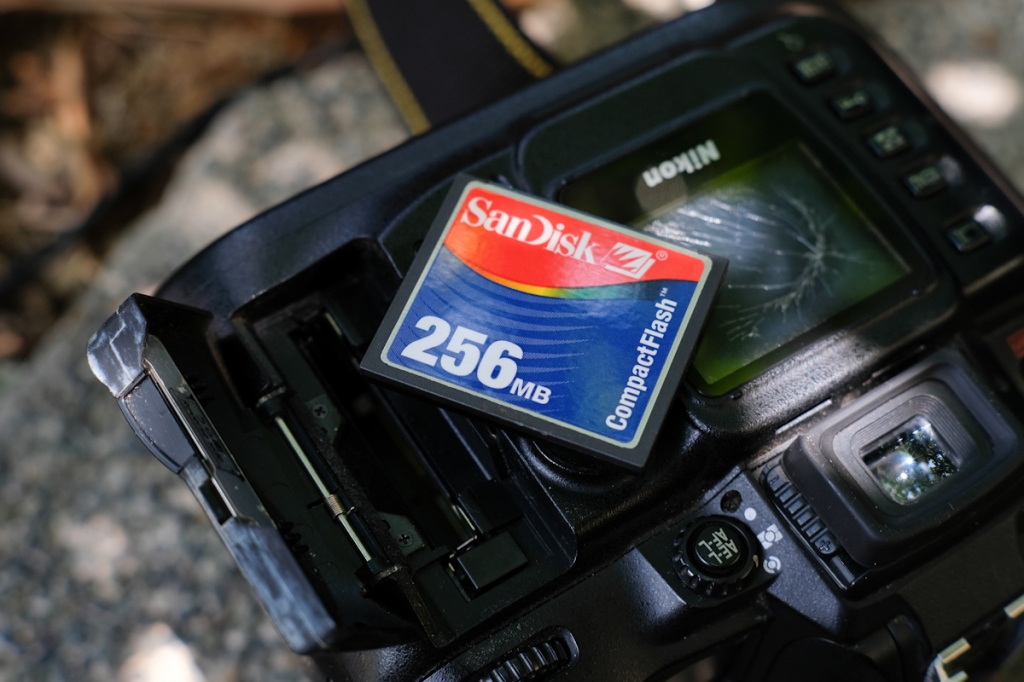
So why did I choose this over other older DLSRs? For one, it can be found for dirt cheap if you are patient, two, to maximize my growing Nikkor lenses, and three, the good old CCD sensor. I’ve used and owned a CDD Digicam before (Kodak EasyShare CX7430) and honestly, I love the look of the images it produces. I sold the Kodak Digicam to make room for this camera because I prefer to have manual controls. Anyway, minus the hype, the CCD sensor really gives its photos a nostalgic look that is very unique compared to any CMOS-sensor camera. Now everything is subjective but for what it’s worth now, I think the Nikon D100 is a great bargain if you are looking for some unique experience.

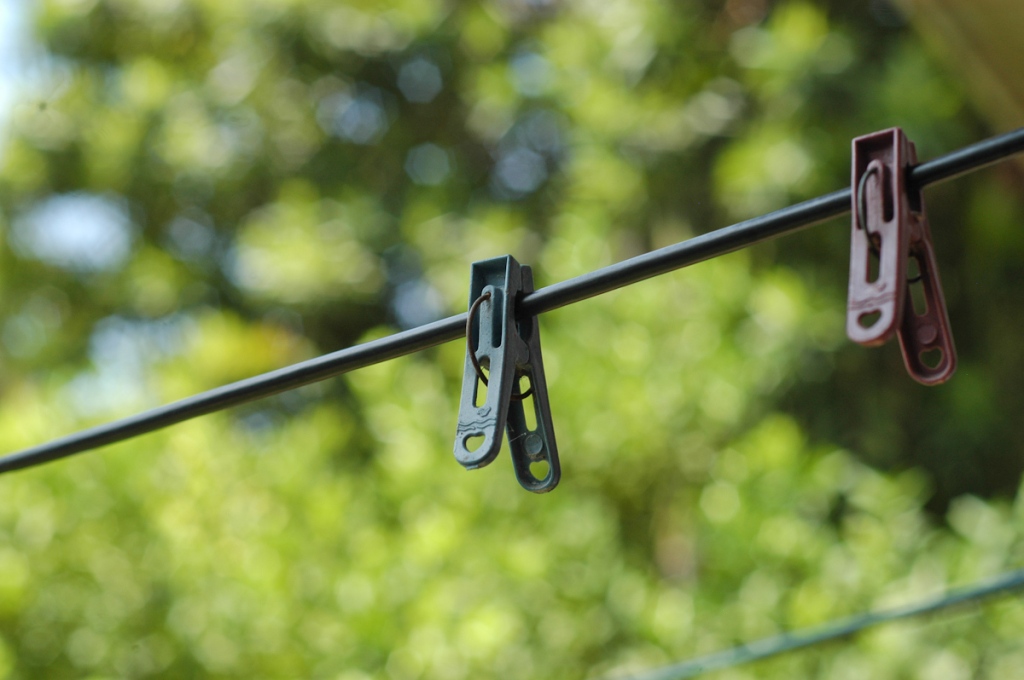

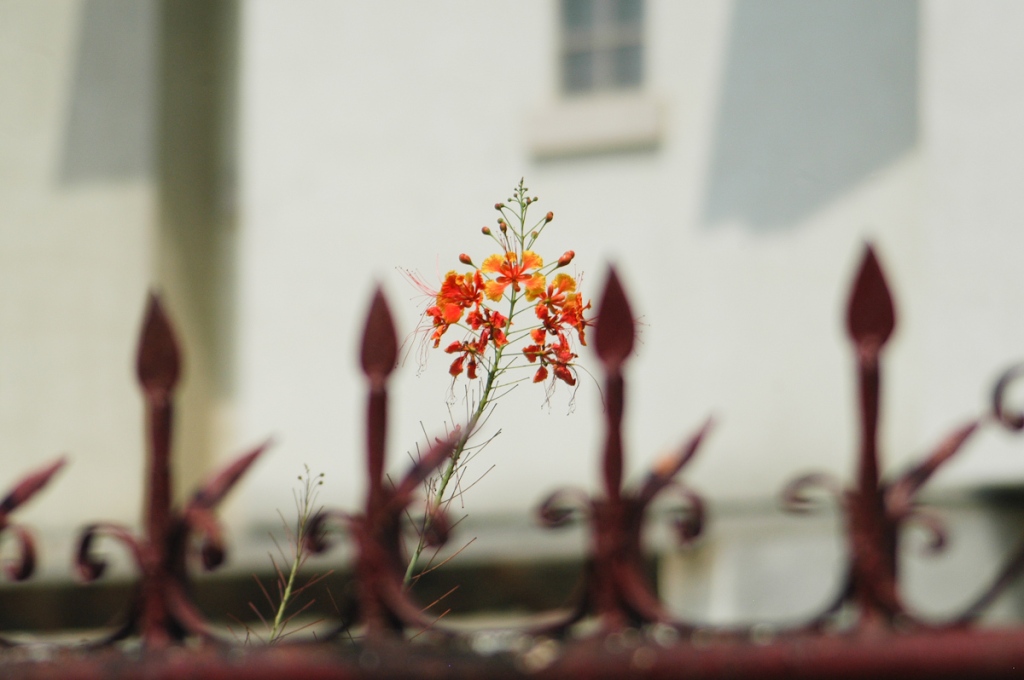

Being 22 years old now, expect the Nikon D100 to be slow in many aspects but I did find its autofocus speed decent enough. Also, you can’t deny that the image quality is still good especially if you are just sharing on social media and for small prints. Of course, I wouldn’t recommend using this camera to do professional jobs, but it can if it needs to. I might be a little biased with this camera because I am a Nikon fan and I did miss my DSLR cameras since switching to a Fujifilm mirrorless.
Going back to the difference between CCD and CMOS sensors, I’ve got a couple of side-by-side comparisons of what the 2 sensors produce. One was taken with the 6mp CCD sensor Nikon D100 and the other with the 24mp CMOS sensor Fujifilm XE-3. Don’t take this comparisons scientifically but you can see here that the differences are obvious. Both are taken at ISO 200, 1/250th shutter speed and only added +50 highlights in post to test Dynamic range. Colors are untouched and SOOC.
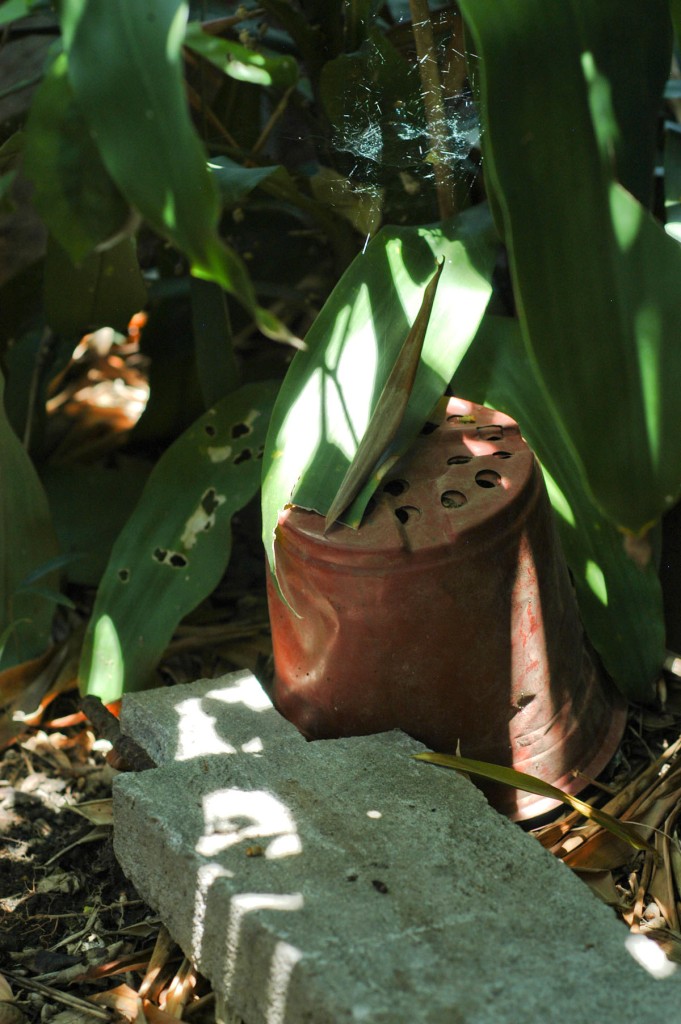
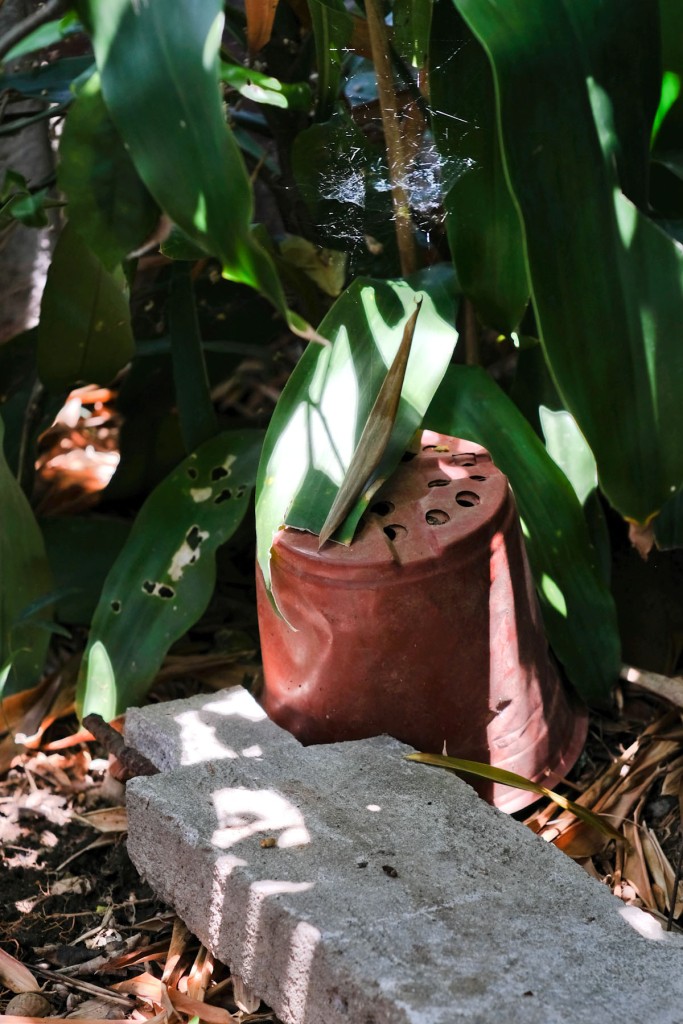
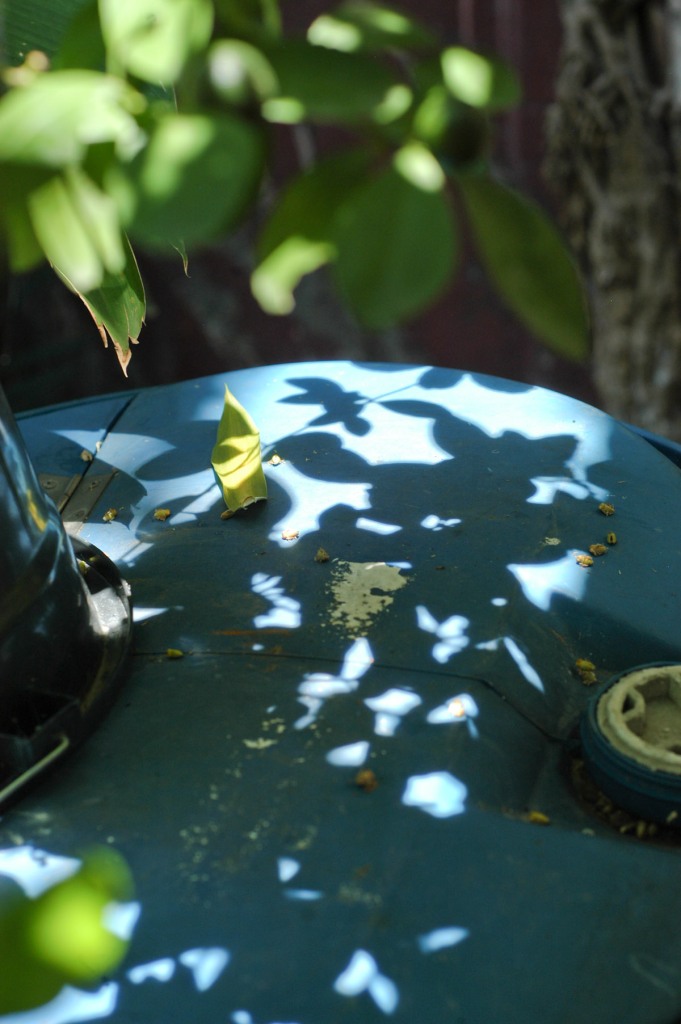
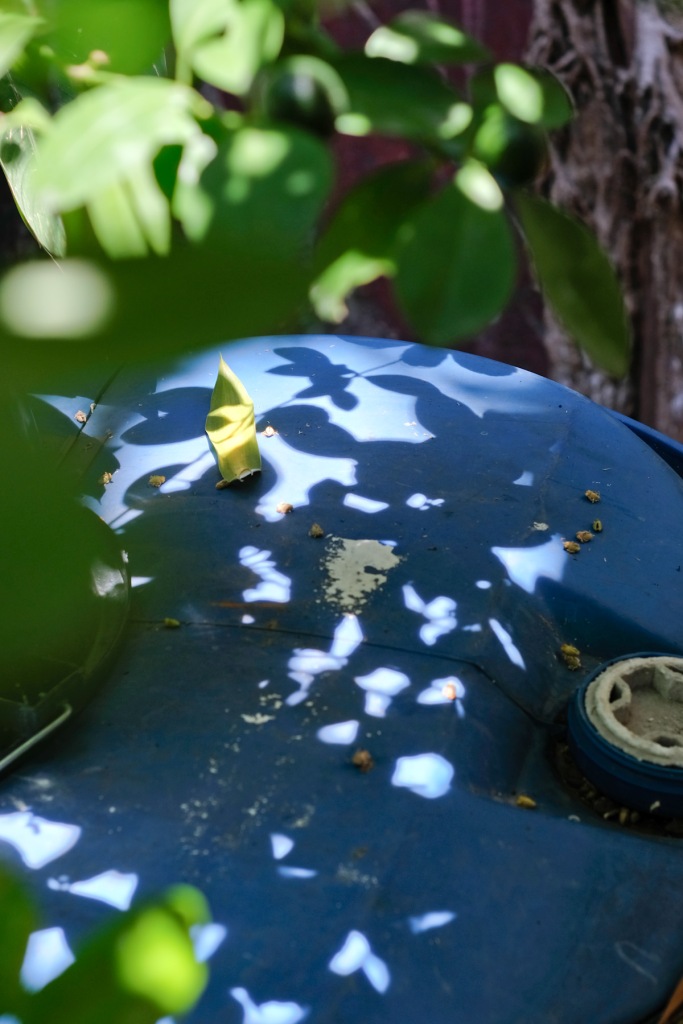
Looking at the comparisons, it is obvious that the modern Fujifilm XE-3 produced a sharper and detailed image. Though I did prefer the softness and tone the Nikon D100 produced. Oh no, this is bad for my Fujifilm 😂 When it comes to dynamic range, I am actually surprised that the Nikon D100 did really well albeit noisier compared to the XE-3, for sure shooting at higher ISO will tell a much different story. I’ve also tried shooting long exposures at night and also liked the results but there are a lot of visible artifacts in the noise. Still, it wouldn’t stop me from taking more long-exposure photos.
Overall the Nikon D100 is a keeper and will likely save me from more expensive future film camera purchases, if I’m feeling nostalgic, it’s going to be the Nikon D100 for now. 🙂
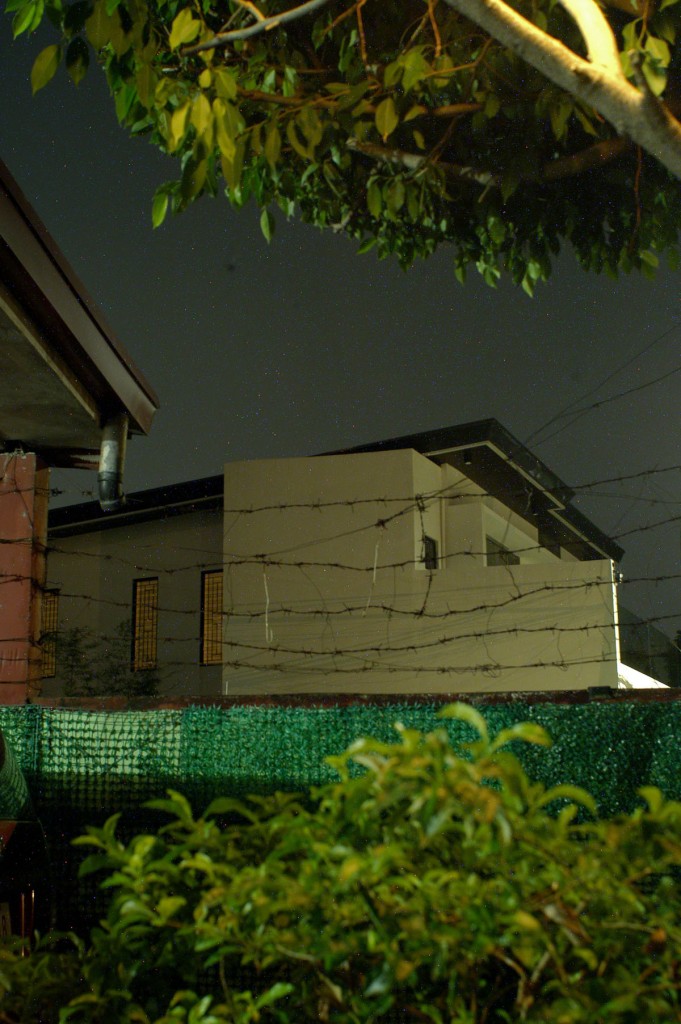
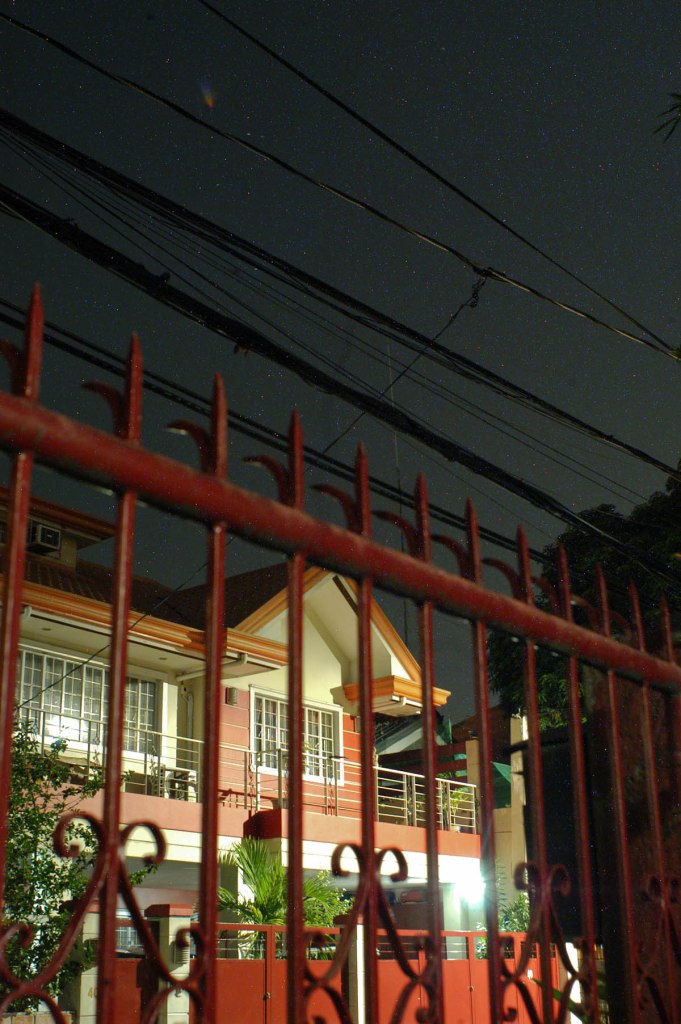
And that’s it, my first CDD sensor DSLR camera, a good refreshing twist from the usual film camera review/collection. Oh, If you liked this blog please do follow me on my socials and consider subscribing so you’ll get notified of future posts.
Again, Salamat!

I have both CCD and CMOS cameras. I enjoy new and old cameras. The Nikon photos there look to have a lot of green tint in the white balance. A lot of people say CCD looks film like, but only film looks like film. The CCD sensor itself is colour blind. The only possible influences on the colour would be the CFA, the software colour profile in the camera, or the white balance. And software in camera is much more likely to boost colour and contrast.
LikeLiked by 1 person
Yes, I agree that only film looks like film 🙂 thank you for your comment 🙂
LikeLiked by 1 person
Have you ever used a Sigma camera with a Foveon sensor? I’ve had two and that is about as close to a film look as digital gets. Beautiful images but limited dynamic range, like slide film. Blows out highlights and blocks up blacks. In the right conditions though, amazing images.
LikeLike